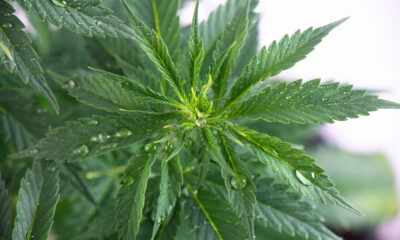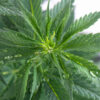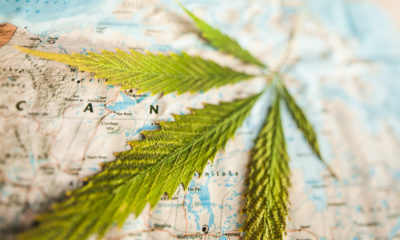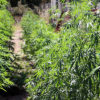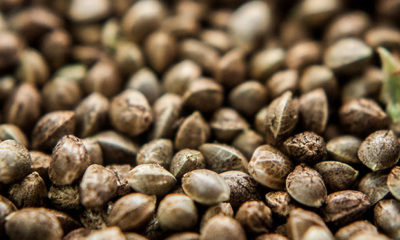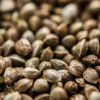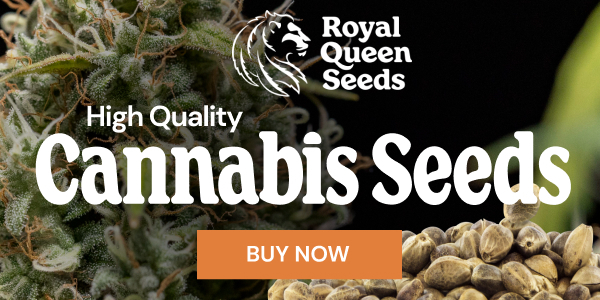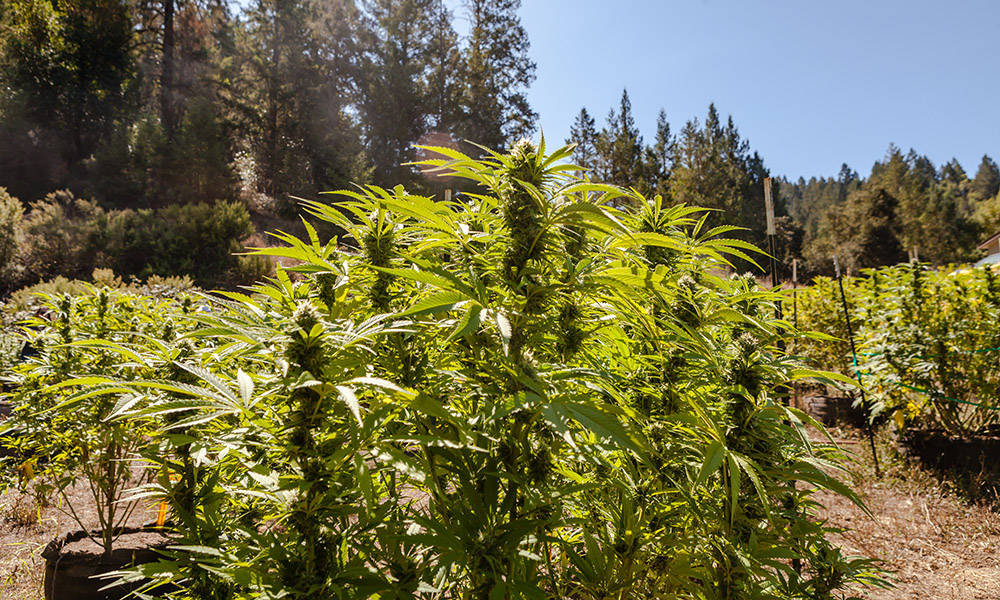
Cultivation
Climate Change Puts Spotlight on the Drought Resistance of Marijuana
The impacts of global climate change are likely to provide more chances to see whether cannabis is as effective a drought-resistant crop as its boosters claim.
Zambia just became the latest country to legalize cannabis cultivation, but there’s a catch: the southern African country is struggling with an unusual weather event that’s making farming difficult.
Zambia is experiencing its worst drought in a century. As world leaders gathered in Madrid for the UN Climate Summit last month, southern Africa was already experiencing some of the harshest impacts of global warming — with some 45 million people in need of food aid amid crop failures. However, in December, Zambia became the fifth nation in Africa to permit cannabis cultivation, and so cannabis farmers there will now have to grapple with the drought.
The leader of Zambia’s Green Party, Peter Sinkamba, applauded the decision. He was quoted by pan-African news site Sahara Reporters saying the move could earn Zambia up to $36 billion annually. “Depending on how properly this is done, this could just change the face of Zambia’s economy,” Sinkamba said.
The conflict between cannabis and climate is a story that is all too likely to become commonplace in the face of climate change. It raises the question about how drought resistant cannabis actually is — and if there are methods of cultivating cannabis with less water that truly work.
How Drought-Resistant Is Cannabis Really?
An interesting irony is that, because of cannabis prohibition, even the DEA believes that the cannabis plant can survive without much water.
“Marijuana is a very drought-tolerant plant. It’s a weed, and they grow anywhere,” DEA agent Bill Weinman told Denver’s Rocky Mountain News during a dry spell in 2002. “Drought has little effect on pot crops. Plants prove hearty, surpassing yields of state’s other crops.”
This attitude has been mirrored in the hemp industry, which farms a plant that is functionally the same as high-THC varieties of cannabis — except for the fact that they don’t have THC. In the lead up to the passage of the Farm Bill in December 2018, which legalized hemp (defined as the cannabis sativa plant with less than 0.3% THC), many advocates touted the low-water needs of the plant. Advocates boasted that a hemp field can be grown to harvest on about half as much water as needed by an equivalent plot of corn.
“It uses more water at the very beginning of its growth,” Geoff Whaling, chairman of the National Hemp Association, told the Pacific Standard in May 2018. “But once it kind of passes its early development stage — about three weeks — it becomes one of the most drought-tolerant crops on the planet.”
But there’s a trade-off. While it appears that the cannabis plant can survive without much water supply, limiting water intake too much appears to limit harvests.
In a May 2018 report, Hemp Industry Daily reported on the findings of a Colorado State University study, which found that irrigated hemp produced nearly three times more seed than non-irrigated hemp.
Brian Campbell, a doctoral student in soil and crop sciences, grew two test plots at a northern Colorado site — one irrigated consistently, the other receiving only some eight inches of rainfall throughout the growing season. The irrigated plot produced an average of 1,100 pounds of seed per acre, while the non-irrigated one produced about 400 pounds per acre. Campbell’s research led him to conclude that hemp’s water use is actually high compared to other crops.
“There are a lot of myths about this crop, and one of them is that it doesn’t need much water,” Campbell told Hemp Industry Daily. “It’s not that the plant won’t grow,” he elaborated. “But it’s a no-brainer — you should irrigate your hemp plants if you want them to do well in Colorado.”
Dry-Farming Cannabis
However, marijuana growers have also found a way to grow cannabis without additional water through a technique called “dry farming” — that is, cultivation without irrigation. Dry farming is increasingly practiced in Mediterranean climates, with wet winters and dry summers. Farmers work to trap moisture in the soil that continues to supply the plant on its own, rather than needing additional water from irrigation. (In climes that get rain year-round, irrigation is not an issue — though mold might be.)
Mediterranean climates include California, and dry-farming of cannabis is catching on in the Emerald Triangle as a part of the general trend toward sun-grown and organic product. For example, the cultivators at Sunboldt Grown, which began dry-farming a year earlier on its lands in Holmes Flat, Humboldt County, told Cannabis Now in 2018 that they’ve seen success growing cannabis with the innovative method.
“Dry farming is not for the faint of heart,” admitted Sunboldt Grown’s Sunshine Johnston, recalling her fears as she saw her plants suffering under the hot summer sun. But she resisted the temptation to water them, and the results were very satisfactory — high-resin yields with up to 30% THC.
“I think what I learned last year is that plants actually prefer less water and no fertilizer,” she said. “They really prefer to be on their own.”
Also, cultivators of both hemp (cannabis without THC) and marijuana (cannabis with THC) have long maintained that some strains are more drought-resistant than others. The website of Barcelona-based Royal Queen Seeds particularly names the indica-sativa hybrid known as “Critical,” popular across the Mediterranean, as sought among outdoor growers for being “very tolerant of high temperatures and dry weather conditions.”
Diversion of water for illicit cannabis cultivation has long been a strain on Northern California’s watersheds, threatening the survival of salmon and other local wildlife. This is also now an issue for the legal cannabis sector, and if California has another drought like it did in the 2010s, legal cannabis growers will have to adapt.
In the coming years, it will certainly be a challenge for cultivators worldwide to figure out new ways to grow cannabis with less water.
TELL US, have you ever tried dry farming cannabis?



